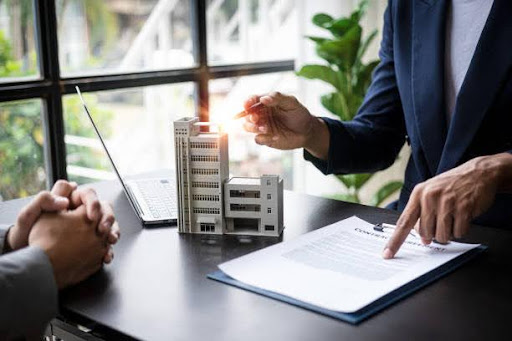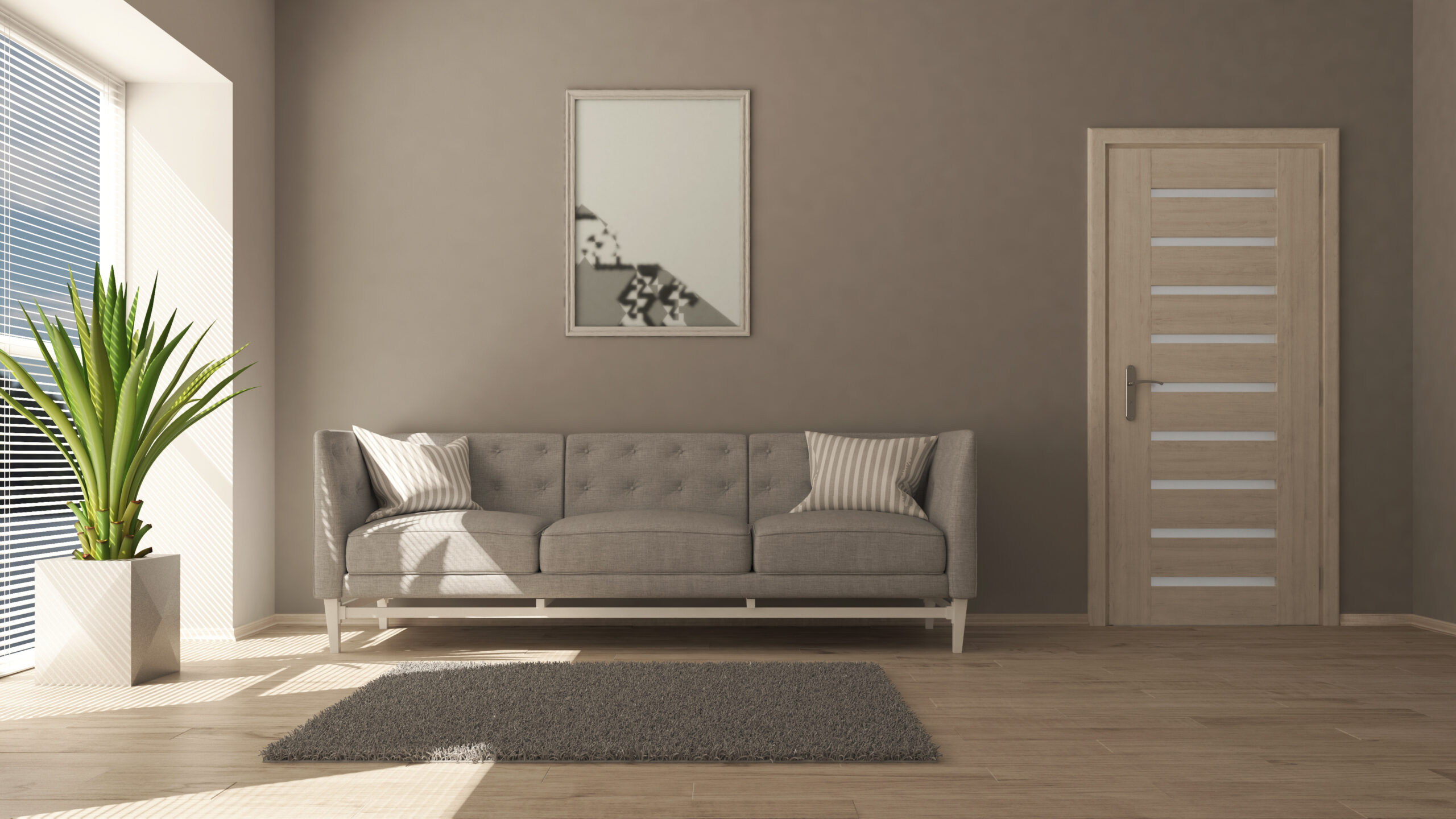When it comes to determining the value of a property, multiple factors come into play. These factors encompass a wide range of aspects that are important to buyers, sellers, and other interested parties.
Each of the factors has the potential to exert its influence on the perceived value of a property. Understanding and making a suitable move on every step of the way is crucial to avoid any long-term issues or losses.
Moreover, property value is not solely based on the square footage of the home but rather a combination of factors that interact and influence each other in any terms.
By exploring deeper into the factors that impact the value of a property, you can gain valuable insights that can assist you in making informed and accurate decisions.
Location
One of the most critical factors impacting the value of the property is where it is located. Desirable locations, such as proximity to city centers, good schools, public transportation, and recreational facilities, tend to command higher property value.
A residential property that is surrounded by commercial establishments like Sundar Business Park would have an edge over others because the nearby establishments would attract more people that are concerned about their comfort and convenience.
Additionally, properties with scenic views or in safe and well-maintained neighbourhoods often enjoy increased value. The demand for properties with prime locations remains strong, making it a crucial consideration for buyers and investors.
Property Size and Layout
The size and layout of a property are crucial factors that heavily influence its overall value. Larger properties typically offer more living spaces, which is highly desirable for investors especially.
It can be seen as an extra square footage that allows great flexibility in terms of room usage and the potential for customization to meet specific needs or preferences.
In addition, the layout of the property is equally important. A practical and well-designed layout maximizes functionality and flow, creating a harmonious living space.
However, properties that have a well-maintained interior and offer more space are more likely to demand higher values in the real estate market.
Condition and Maintenance
The overall condition of a property including its age, maintenance and upkeep, greatly influences its value. Properties that are well-designed and maintained with minimal interiors and repairs tend to command higher prices.
Regular maintenance, upgrades and renovations can also contribute positively to the property value. Buyers are often willing to pay a premium amount for properties that are move-in ready, reducing the need for immediate repairs and renovations.
Properties with fixer-uppers are difficult to sell as compared to properties that have a welcoming ambience.
Nearby Facilities
Nearby amenities like health services, security surveillance, shopping centers, parks etc also play a vital role in the property value. Properties located in close proximity to these conveniences tend to attract more buyers.
Economic Factors
The economic health of an area can also influence property value. Factors such as job opportunities, income levels and economic growth directly impact the value and rates.
Areas with a robust economy and thriving industries often experience increased property values. On the other hand, regions with an economic decline or distant job opportunities in terms of travel will see stagnation or depreciation in property values.
Property Age
Properties with historical value often hold a unique appeal that attracts buyers who appreciate their character and charm. However, the property should be well-maintained because these kinds of properties often lack stability and tend to showcase either fixer-uppers or a complete renovation as soon as you move in.
Make sure there is a balance between historical significance and necessary updates because it can massively influence the market value of such properties.
Supply and Demand
Supply and demand dynamics have a significant influence on property value. In a seller’s market with limited supply and high demand, property prices tend to increase due to competition among buyers.
Conversely, in a buyer’s market with excess supply, property values may decline as sellers may need to lower prices to attract buyers.
Factors such as population growth, economic conditions, and interest rates further impact supply and demand,
Understanding these dynamics help stakeholders make informed decisions about property value to gain the most profit out of it.
Final Thought
In conclusion, property value is shaped by a variety of factors that interact and influence each other. Understanding each factor is essential for homeowners, buyers, and investors in navigating the real estate market.
By considering the above-mentioned factors, individuals can make informed decisions and assess the potential appreciation or depreciation of property values.
Ultimately, a comprehensive observation of the key factors from which an individual can make an informed decision can empower them to navigate the real estate market more effectively and make sound investment choices.
Additionally, it is important to note that property values can fluctuate over time due to changing market conditions and external factors. Therefore, staying updated and informed will take you towards a wise and long-term venture.










